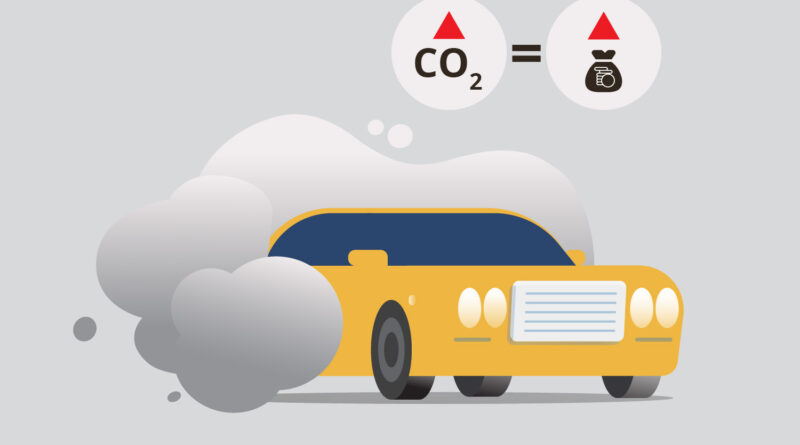Euro 6 Compliance Checker and Emission Standards
Euro 6 compliance checker and emission standards play a crucial role in shaping the automotive industry and environmental sustainability efforts across Europe. These standards govern the permissible levels of pollutants emitted by vehicles, aiming to reduce harmful emissions and improve air quality. Here’s an in-depth look at what Euro 6 compliance entails and its significance:
What is Euro 6 Compliance?
Euro 6 refers to the sixth iteration of European Union regulations that set limits on vehicle emissions. It builds upon its predecessors (Euro 1 through Euro 5) with stricter guidelines aimed at curbing pollutants from both petrol and diesel engines. Introduced in stages starting from September 2014, Euro 6 standards have become progressively stringent, reflecting advancements in emission control technologies and environmental awareness. What is ulez?
Key Requirements of Euro 6 Standards
- Emission Limits: Euro 6 mandates significant reductions in nitrogen oxides (NOx), particulate matter (PM), carbon monoxide (CO), and hydrocarbons (HC) compared to previous standards. For instance, diesel cars must emit no more than 80 mg/km of NOx, while petrol cars have limits for both NOx and HC emissions.
- Real Driving Emissions (RDE): Unlike laboratory testing alone, Euro 6 includes RDE tests to ensure vehicles meet emission limits under real-world driving conditions. This aims to address discrepancies between lab results and actual on-road emissions, providing a more accurate assessment of a vehicle’s environmental impact.
- Onboard Diagnostics (OBD): Euro 6-compliant vehicles incorporate advanced OBD systems to monitor emission control systems’ performance continuously. This helps detect and rectify malfunctions promptly, ensuring vehicles remain within prescribed emission limits throughout their lifespan.
Benefits of Euro 6 Compliance
- Improved Air Quality: By reducing pollutants like NOx and PM, Euro 6 standards contribute to cleaner air, which is vital for public health and environmental sustainability.
- Technological Innovation: Compliance drives innovation in engine design and emission control technologies, promoting the development of more efficient and eco-friendly vehicles.
- Global Impact: As a benchmark for emission standards, Euro 6 influences global automotive practices and encourages other regions to adopt similar regulations, thereby amplifying its environmental benefits on a larger scale.
Challenges and Implementation
While Euro 6 compliance represents a significant step forward in reducing vehicle emissions, challenges remain. These include the initial cost of implementing new technologies, ensuring consistent compliance across all vehicle types, and addressing evolving environmental priorities such as electric mobility and renewable energy integration.
Conclusion
Euro 6 compliance sets a stringent framework for reducing vehicle emissions and advancing environmental sustainability in Europe. By mandating lower pollutant levels, embracing real-world testing, and promoting technological innovation, Euro 6 standards play a pivotal role in shaping the future of automotive industry practices and air quality improvements. As regulations continue to evolve, manufacturers and consumers alike are encouraged to embrace cleaner technologies and practices to meet these environmental challenges effectively.

